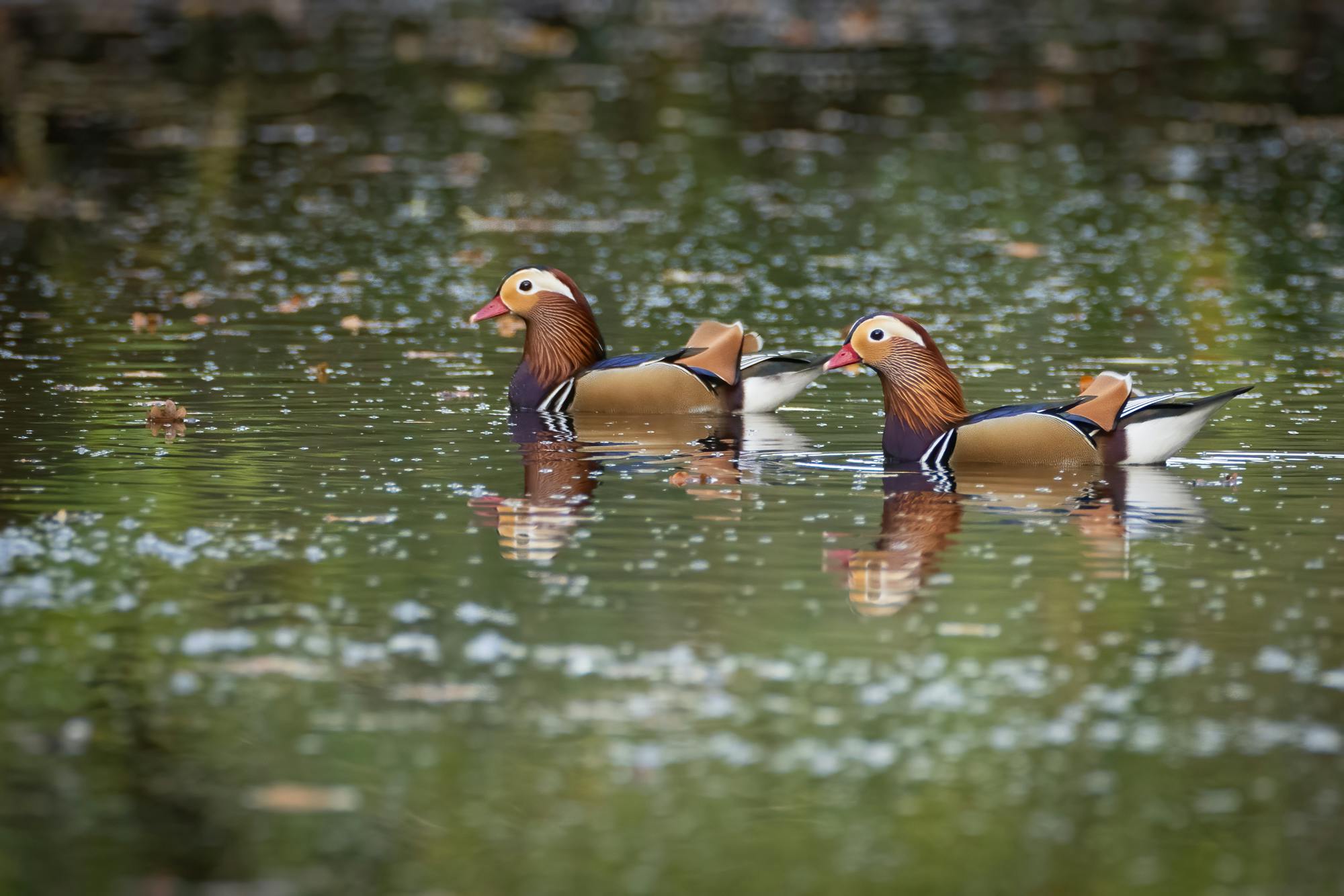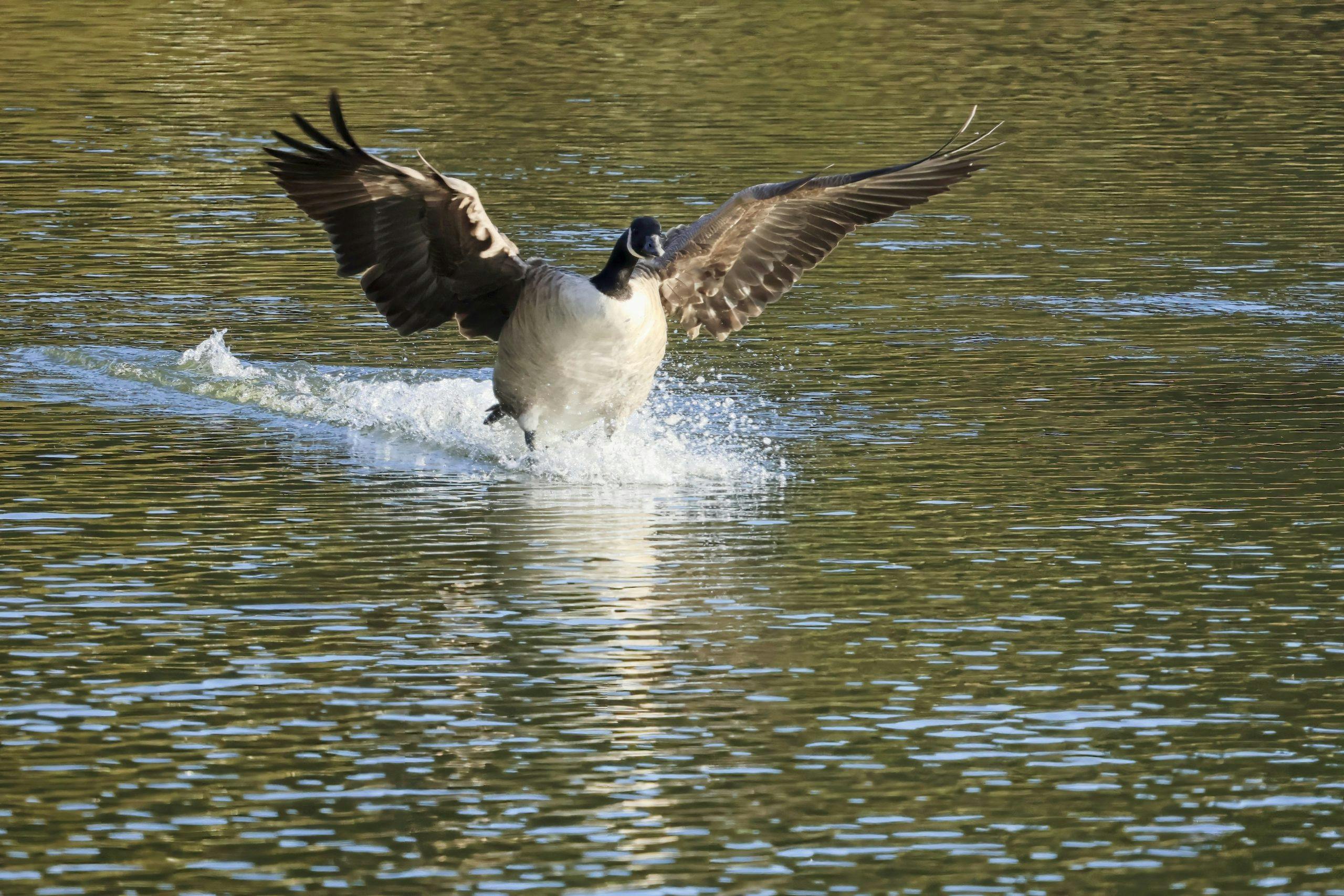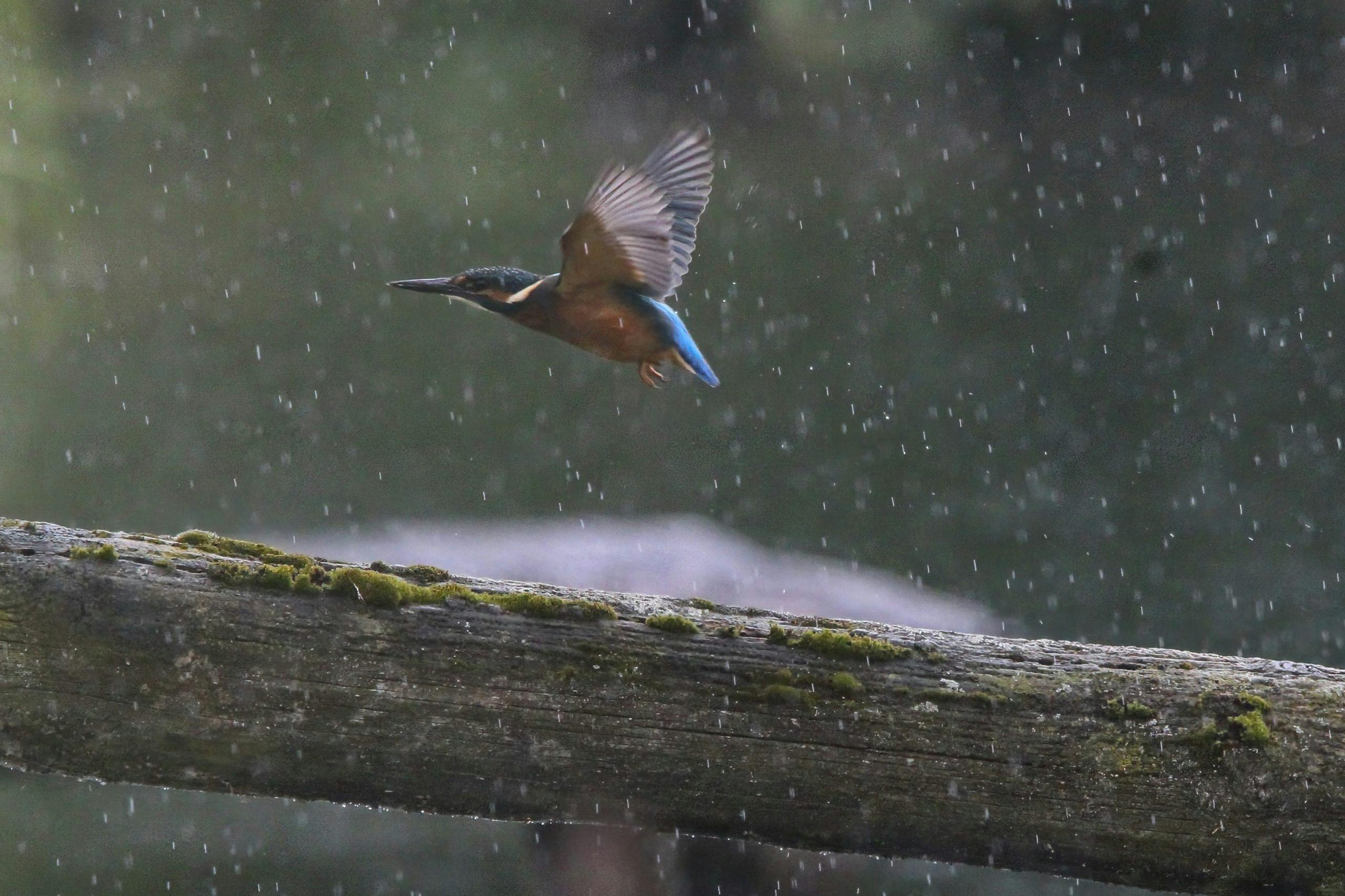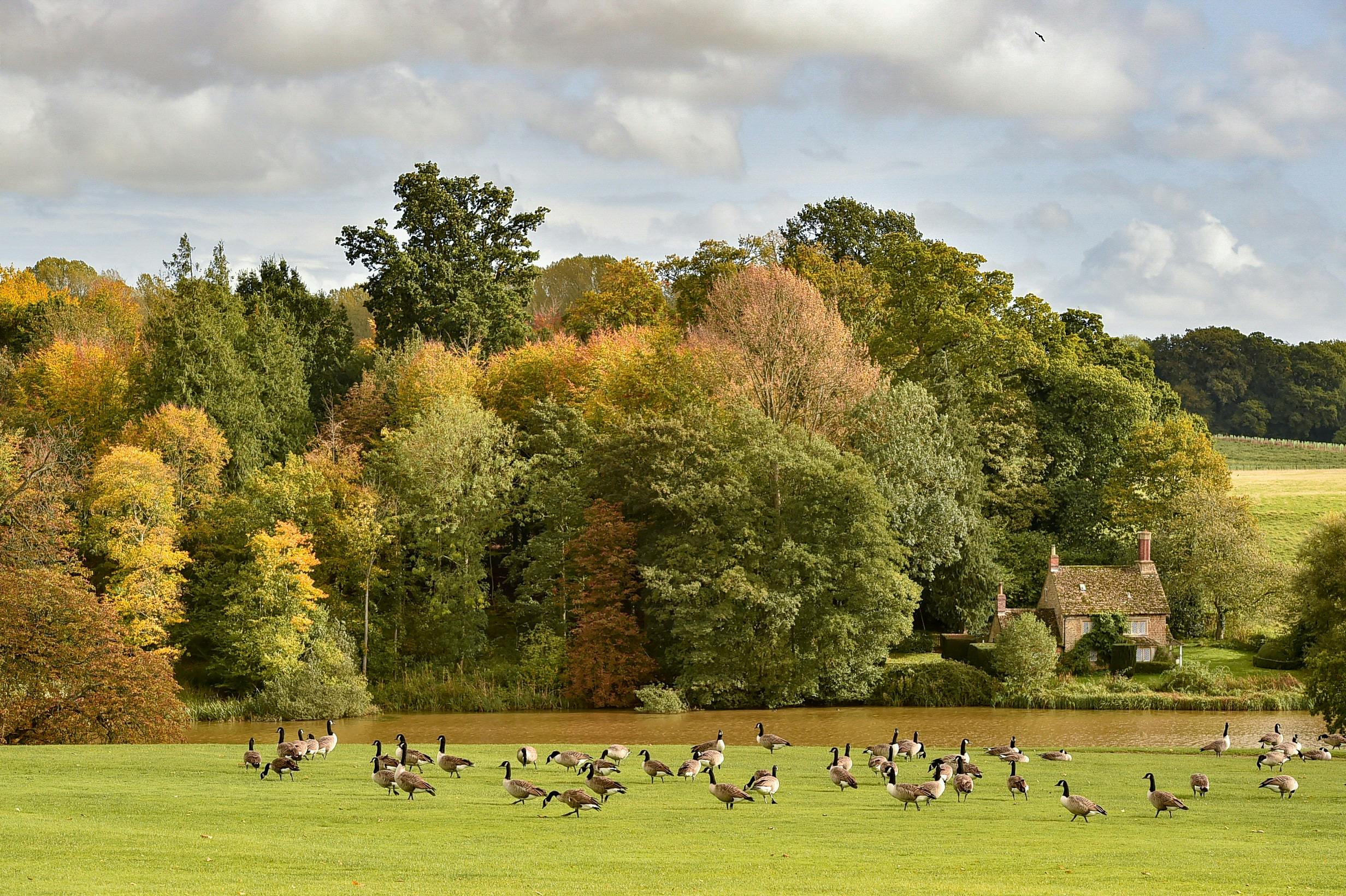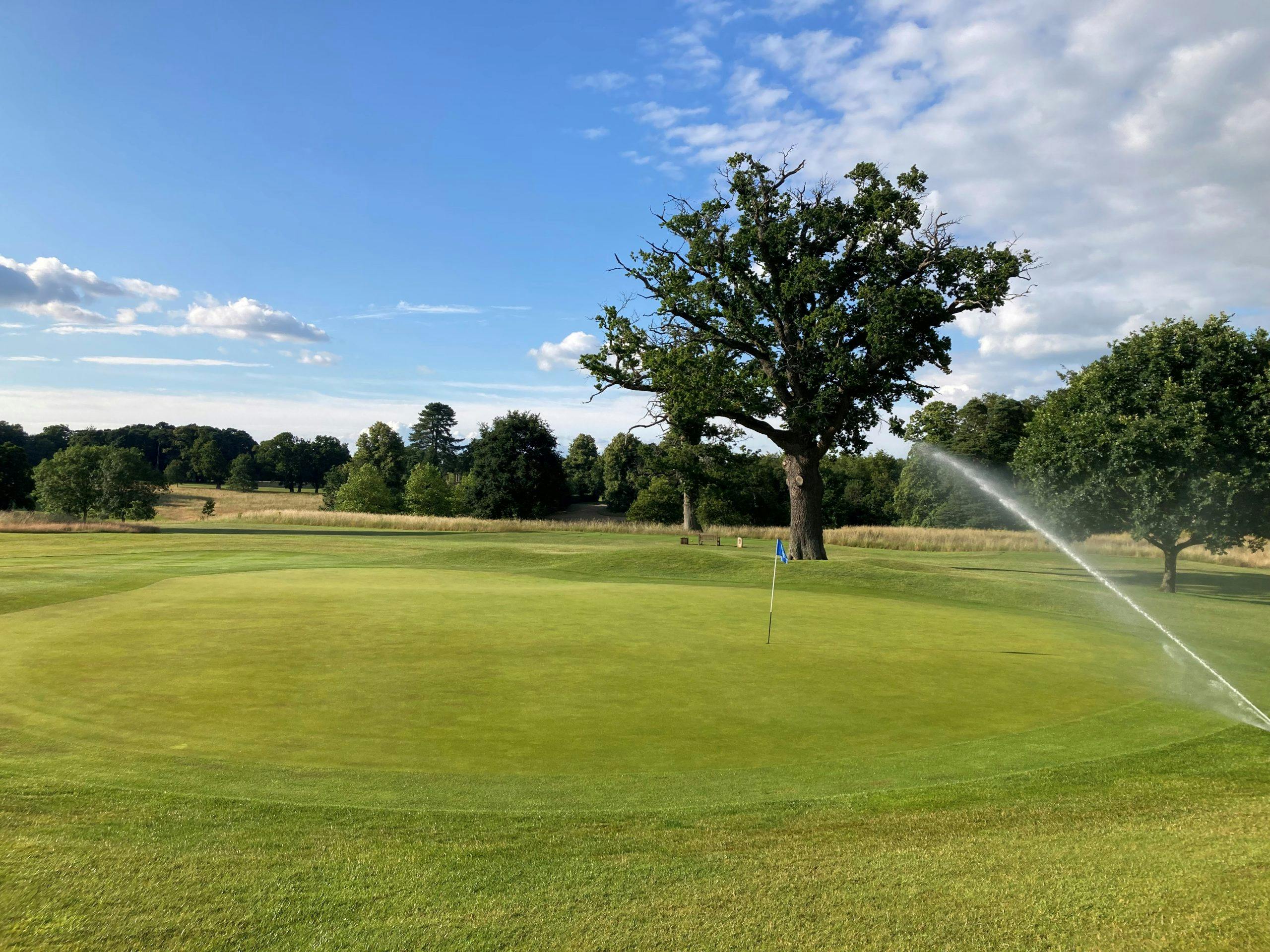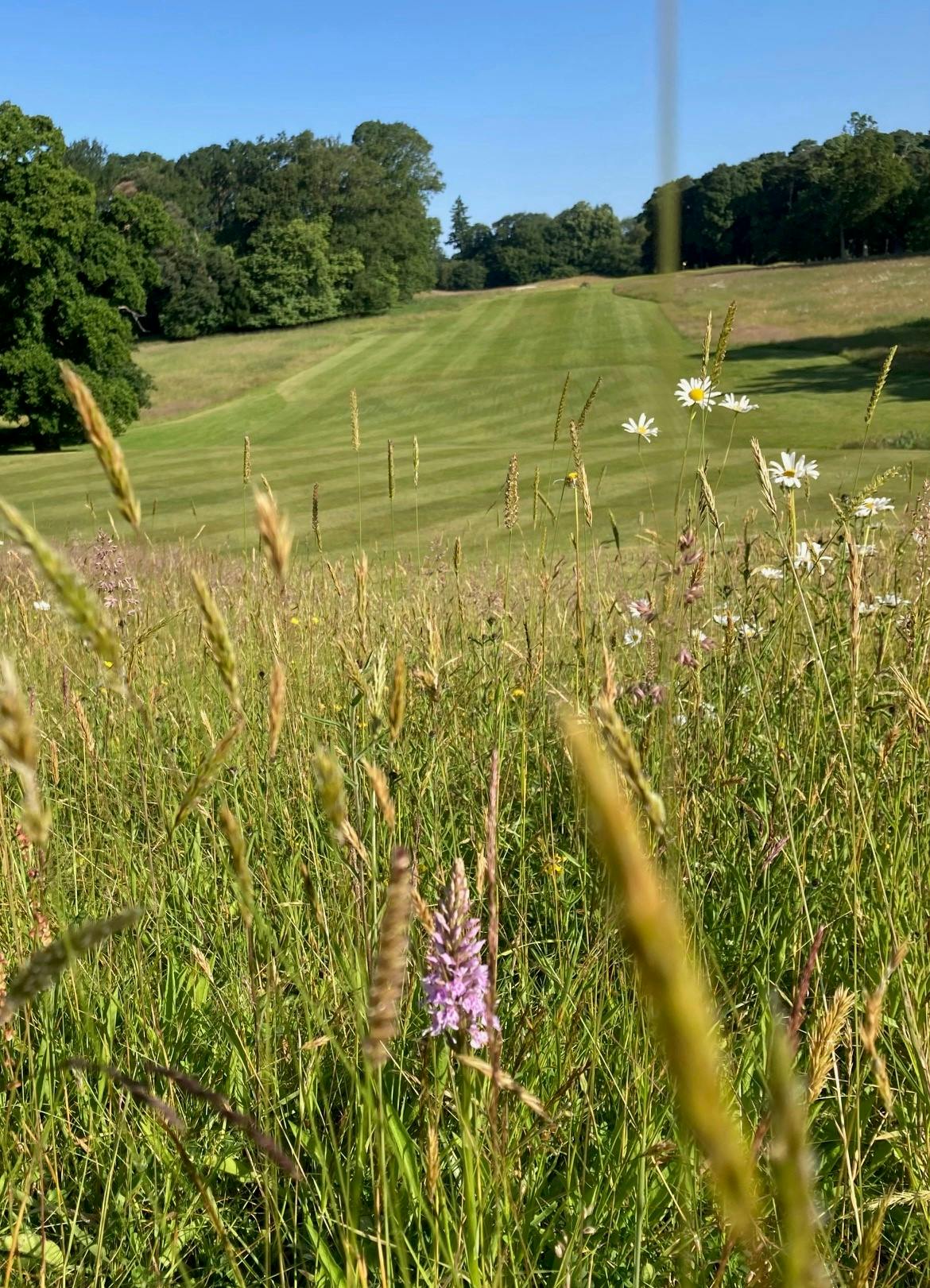Wildlife In The Wetlands
Since the early 1960s Bowood Estate has been reporting to the Wildfowl and Wetland Trust (WWT) and the British Trust for Ornithology (BTO) a monthly count providing data for population size and trends in distribution.
July 17, 2024
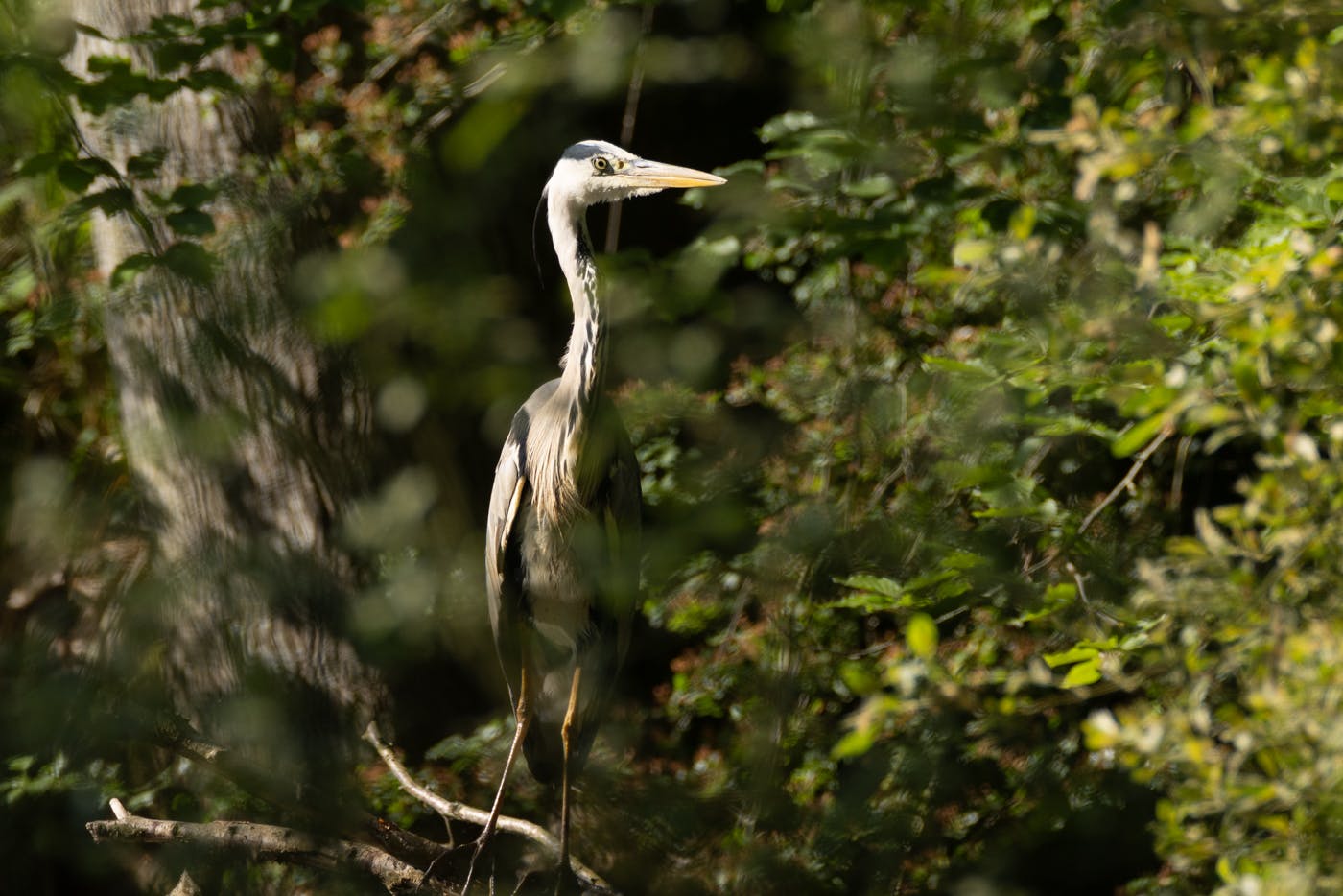
The monthly counts form part of the National Wetland Bird Survey (WeBS).
Counts in fifty-six of those sixty-two years have been done by Julian Rolls, a local ornithologist and BTO volunteer. Recently retired, Julian started at Bowood and various other wetland sites in North and East Wiltshire in 1968. Occasionally accompanied by his wife, son, and daughter, he conducted his fieldwork on the west side of the Bowood Lake following in various places the public footpath.
This footpath, which traverses the estate between Calne and Derry Hill, is enjoyed by thousands of people some of whom are themselves keen birdwatchers and share their photographs with the estate.
Each year the estate has been delighted to receive Julian’s findings. They constitute a valuable and fascinating ornithological resource.
Summarizing the main trends over the last 56 years:
- The population of Mallard and Teal was at its highest during the 1970s, but this was because the former were reared. Mallard numbers reached highs of 800+.
- The numbers of Pochard have declined at Bowood partly because they are tempted away by the abundant resources available at some of the nearby flooded gravel pits.
- Canada Geese, which were introduced to Bowood in the early 1960s, have thrived. For the last twenty years, they have maintained a constant population, ranging from 200-400.
- Greylag Geese were introduced at the same time but have never been great in number. There has been some Greylag/Canada Geese cross-breeding in last few years.
- Tufted Duck have always been around, but the numbers have varied.
- There was a sighting of a Snow Goose in 1995 which was extremely rare, even in North European countries. It most likely had escaped from a bird sanctuary.
- Coots have increased in number at the same time as there has been a decline in the number of Moorhens.
- Grey Herons have always been at Bowood in decent numbers. Food in the lake is plentiful. The largest number of Heron nests recorded by Julian in a single tree was 15.
- Merganser have been seen on the lake and there are usually a few Goosander during the winter months. They have managed to breed successfully in Wiltshire.
- Mandarin Duck were reared at one point in the 1980s and numbers in the wild normally increase from October. There are a few residents throughout the year.
- There is a constant population of Great Crested Grebes.
- There have been a few occasional visitors to Bowood – including Artic Tern, Barnacle Geese, Red-Breasted Geese, Little Egret, Great Egret, Black Swan, and Goldeneye.
- Other waterfowl that have been recorded on the lake include Common Tern, Red-Crested Pochard, Shoveller, Pintail, Kingfisher, Cormorant, Wigeon, Gadwall, Garganey, Little Gull and Shelduck.
